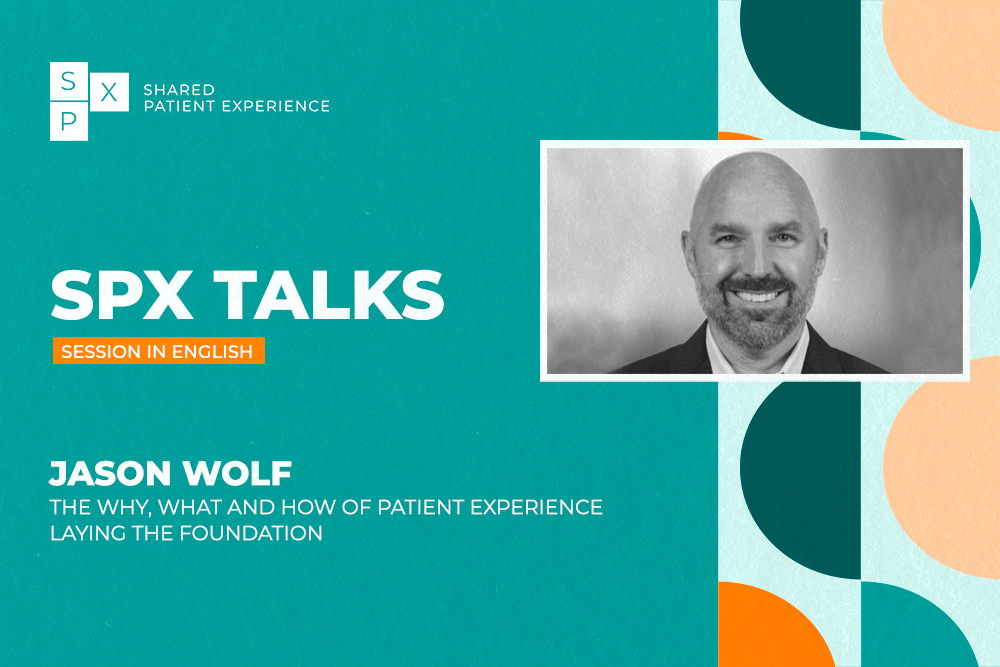
Innovating the Patient Experience: Trends, Gaps and Opportunities
Through this report, the Beryl Institute outlines 7 criteria for reporting different aspects of the patient experience.
The Beryl Institute has identified 7 criteria for assessing the patient experience in a health facility, illustrating them through innovative practices implemented around the world. We note:
- Culture and leadership in the institution: To ensure a better patient experience at the hospital, it is important for medical teams to identify themselves with the culture and values that the institution conveys. To help recruit professionals who can transmit this culture to patients, the MGH Hospital in Toronto, for example, has put in place an innovative recruitment process in collaboration with patients and families.
- Health institution engagement with the patient, family and society: Improving communication between hospital staff, the patient and their family is a necessity. To meet this need, several tools resulting from research are developing, including the installation in the rooms of a whiteboard, facilitating communication between the staff, the patient and the family.
- Health institution engagement with the staff and physicians: The good transmission of the vision and the strategy of the institution to its employees generating a good application of this one is major in the management. Through the establishment of rules and commitments, institutions must commit to preserving the well-being and respect of their employees. Thus, the Mayo Clinic, which previously focused exclusively on the patient experience, decided to put the needs of its patients and those of its staff on the same level of importance. These various measures have helped to improve relations between management and employees and make Mayo institutions environments that are very attractive for health professionals.
- Innovation and Technology: Enabling better data gathering and analysis is an important step towards fostering a proactive response from healthcare institutions to management issues that affect patients and staff. Some institutions have implemented satisfaction markers in patients’ rooms and beds, enabling them to collect patient feedback instantly. For example, the University of Michigan offers a virtual reality video to better educate patients during their stay in the hospital, thereby preventing the risk of dissatisfaction due to lack of information.
- Commitment to quality and clinical excellence: By encouraging the participation of its physicians in research and innovation and by recognizing their work, a health facility can improve the degree of involvement and identification of its teams.
- Environment and hospitality: The environment plays a major role in the feeling of the patient in the hospital. Innovation in this area is not only for visual aesthetics but can also be applied to the auditory experience. The Music & Memory program allows the diffusion of playlists specific to each patient during his care journey, in order to soothe his stress and promote his comfort.
- Governance: Innovating in governance techniques is a key subject because better hospital management will always be linked to a better patient experience. A hospital in Toronto has put in place a system of accreditation of all its stakeholders with the help of patients, thus enabling measures that are more in line with the needs of its patients.
Source : Tiffanu Christensen, “Innovationg the Patient Experience : Trends, Gaps and Opportunities”, The Beryl Institut.



